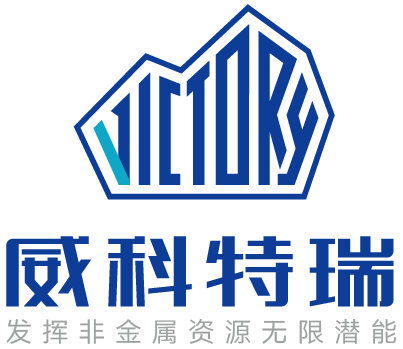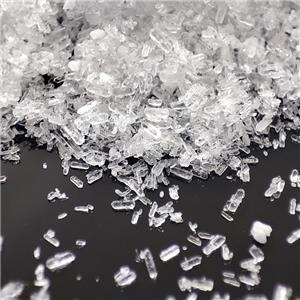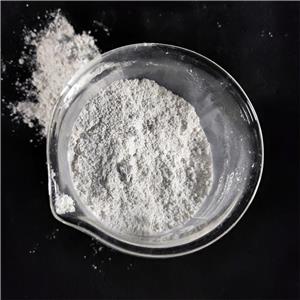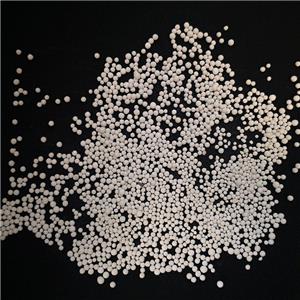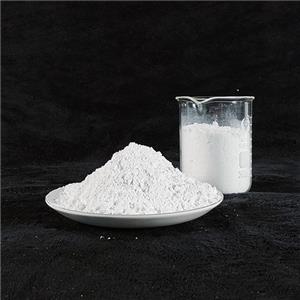Are you still looking for a cost-effective flame retardant material?-2
Application areas
1. Plastic industry
General plastic:
Magnesium hydroxide is added to plastics such as polypropylene (PP) and polyethylene (PE) to improve flame retardant properties, reduce burning speed, and reduce the generation of molten droplets and toxic smoke. It is commonly found in plastic pipes and plate products.
Application scenarios: architectural decoration, household items, etc.
Engineering plastics:
For materials such as polycarbonate (PC) and polyamide (PA), magnesium hydroxide enhances their flame retardant properties under high temperature and high pressure conditions to meet the high performance needs of the automotive and electronics industries.
Thermoplastic elastomer:
The flame retardant properties of thermoplastic elastomers such as TPU, SBS, etc. are significantly improved after adding magnesium hydroxide, broadening their application scope in industry and life.
2. Rubber industry
In natural rubber and synthetic rubber, magnesium hydroxide effectively improves flame retardancy.
Application scenarios: rubber products such as tires, hoses, tapes, etc., to reduce fire hazards while maintaining the basic properties of rubber.
3. Electronic materials field
Cables and circuit boards:
As a halogen-free, non-toxic, smoke-suppressing flame retardant material, magnesium hydroxide reduces the risk of fire in electronic equipment and protects the safe operation of cables and circuit boards.
Electronic packaging materials:
Adding magnesium hydroxide can improve the flame retardancy and thermal stability of packaging materials and ensure the safety of electronic components under high temperature conditions.
